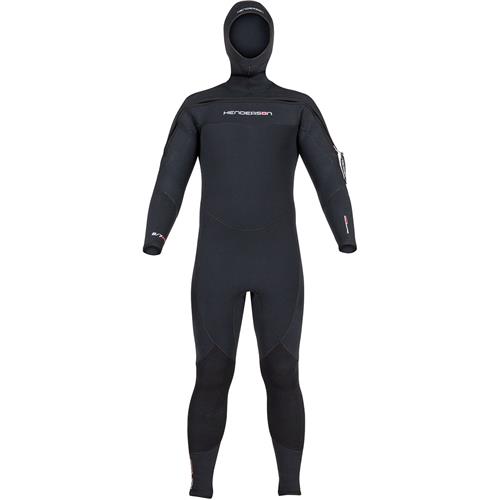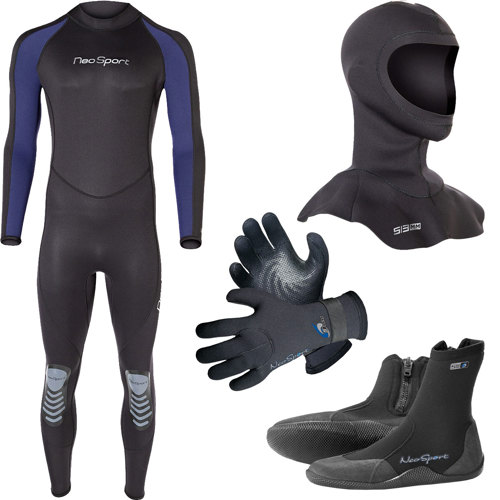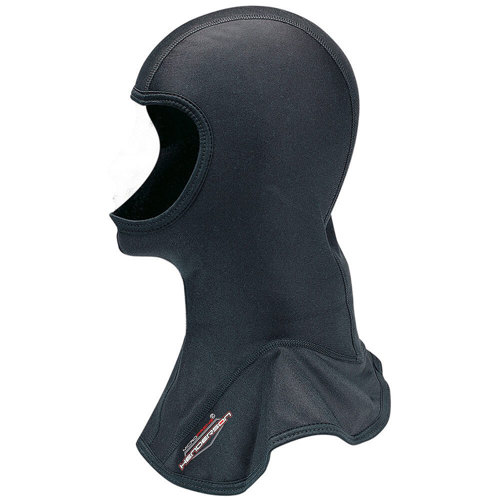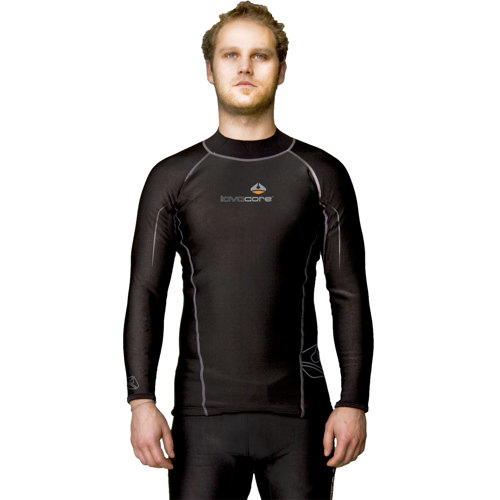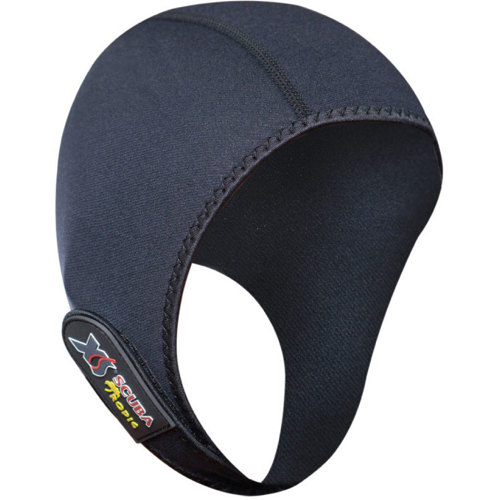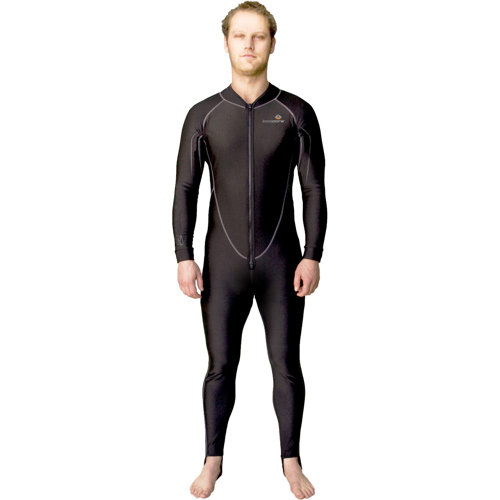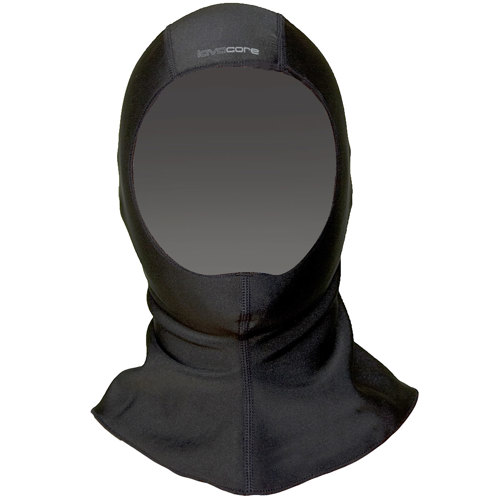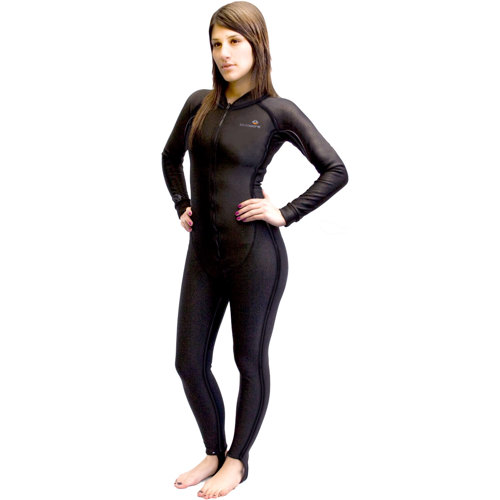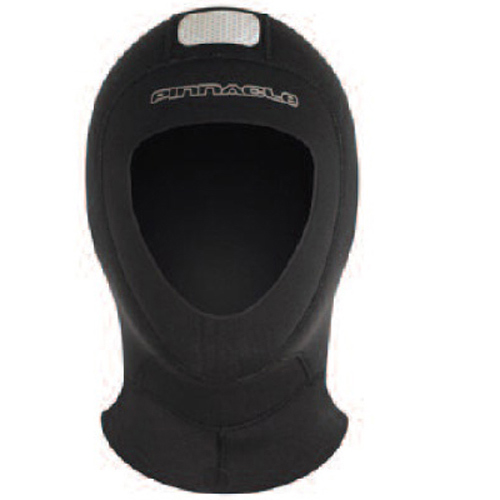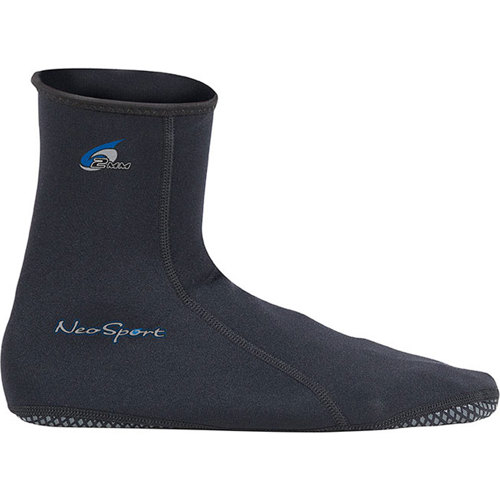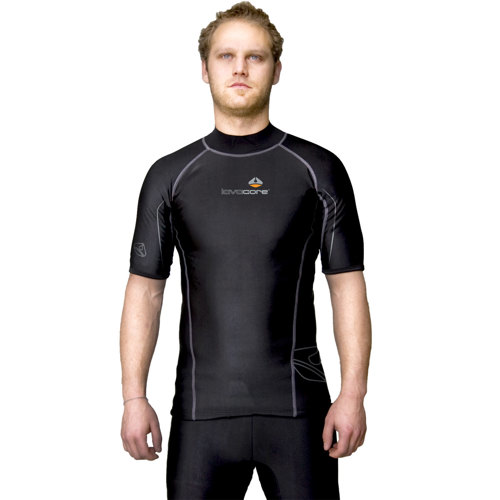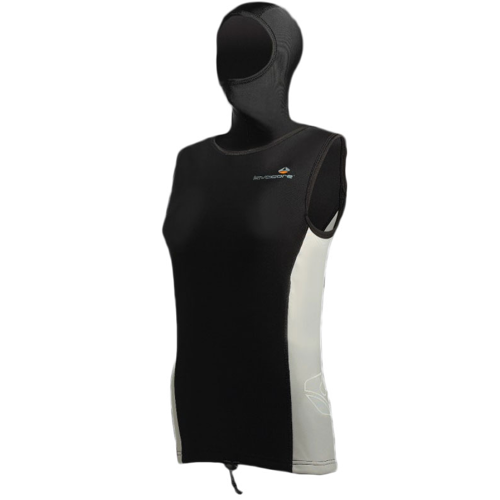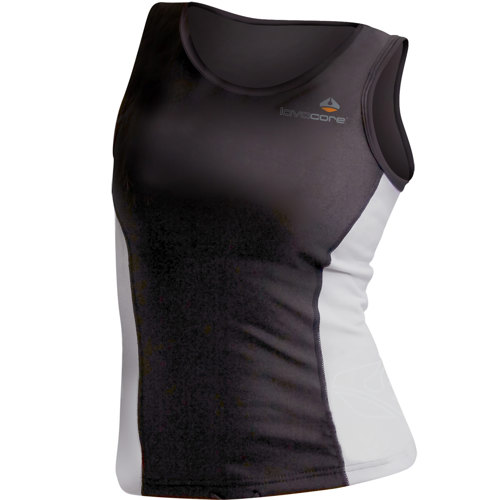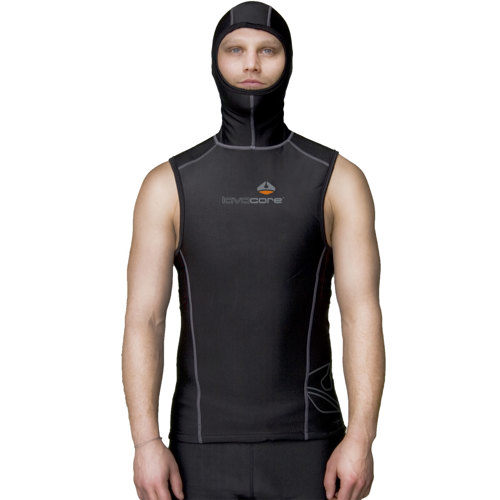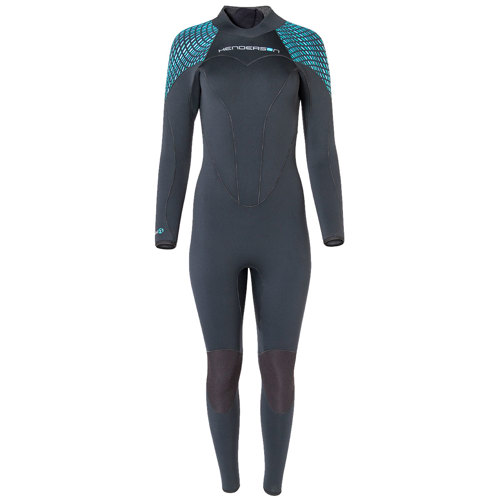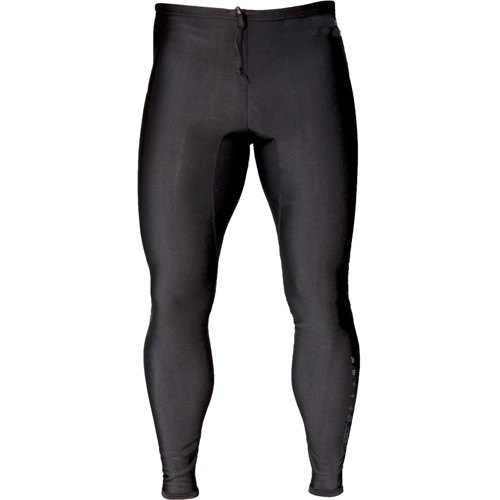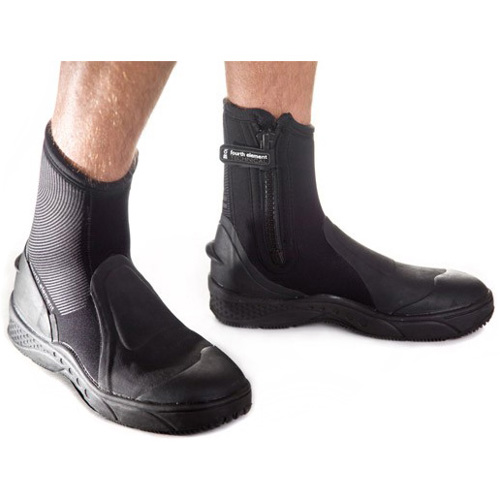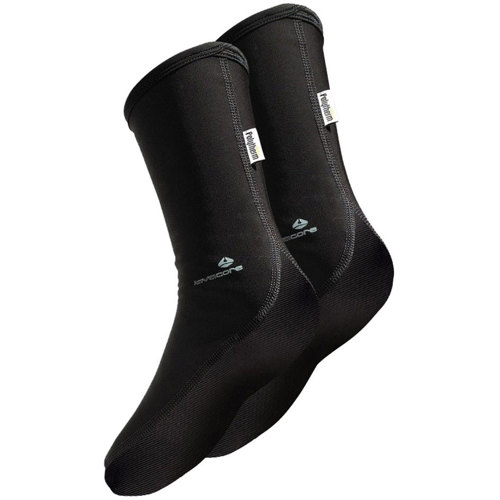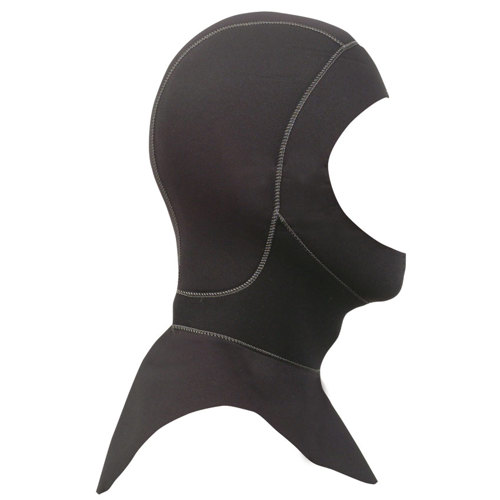Exploring the cold seas, whether for diving, snorkeling, or open-water swimming, is an experience that combines awe-inspiring beauty with unique physical challenges. When venturing into chilly waters, comfort becomes more than a luxury—it’s essential for safety, enjoyment, and performance. The right gear is the foundation for any cold-water adventure, and selecting equipment tailored to these conditions is a thoughtful process. For those who regularly dive or swim in colder climates, investing in thermal protection is a must. High-quality wetsuits made from thick, flexible neoprene create a barrier that insulates the body, trapping a thin layer of water that warms up from body heat. Accessories such as hoods, gloves, and boots are just as important, as extremities are especially vulnerable to heat loss. These items are designed to fit snugly, preventing cold water from flushing in, and allow you to focus on the underwater world instead of the temperature. For anyone who spends extended periods in the water—whether it’s a seasoned diver exploring kelp forests or a winter swimmer seeking the rush of a brisk sea—this gear is indispensable. Even casual snorkelers or those new to cold water will appreciate the comfort and confidence that proper equipment provides, transforming what could be an uncomfortable outing into a memorable experience.
Cold-water gear also makes for thoughtful gifts, particularly for outdoor enthusiasts or loved ones who are passionate about aquatic sports. It’s the kind of present that shows understanding of the recipient’s interests and a desire to support their adventures, whether they’re braving the Pacific Northwest’s rocky coves or planning a dive trip to the chilly waters off the British Isles. For families, investing in well-chosen gear means everyone can participate in coastal explorations, tidepooling, or even spontaneous swims on brisk mornings. July might bring summer warmth to many regions, but for those drawn to northern coastlines or high-altitude lakes, water temperatures can remain surprisingly low year-round. In these environments, comfort-focused products enable longer, safer outings and open up new possibilities—like early morning swims, late-season dives, or group excursions that build lasting memories. The right thermal protection can also help with gradual acclimatization to cold water, making it easier to build up tolerance and enjoy the well-documented physical and mental benefits of cold-water immersion, from improved circulation to a profound sense of well-being.
When assembling your cold-water kit, it’s wise to consider not just warmth, but also fit, durability, and visibility. A well-fitting suit or accessory will minimize water exchange and reduce drag, making movement more efficient and comfortable. Brightly colored caps or panels on gear are a smart choice for safety, enhancing visibility in open water and giving peace of mind to both the swimmer and those watching from shore. For those planning deeper or more technical dives, additional comfort considerations come into play, such as layering options or specialized undergarments. You can explore more about these advanced options on our dedicated page,
Comfort For Deep Diving. No matter your skill level or aquatic pursuit, prioritizing comfort in cold seas ensures that every outing is as safe and enjoyable as possible, allowing you to immerse yourself in the wonders beneath the surface without distraction.
Top Picks For Comfort In Cold Seas

